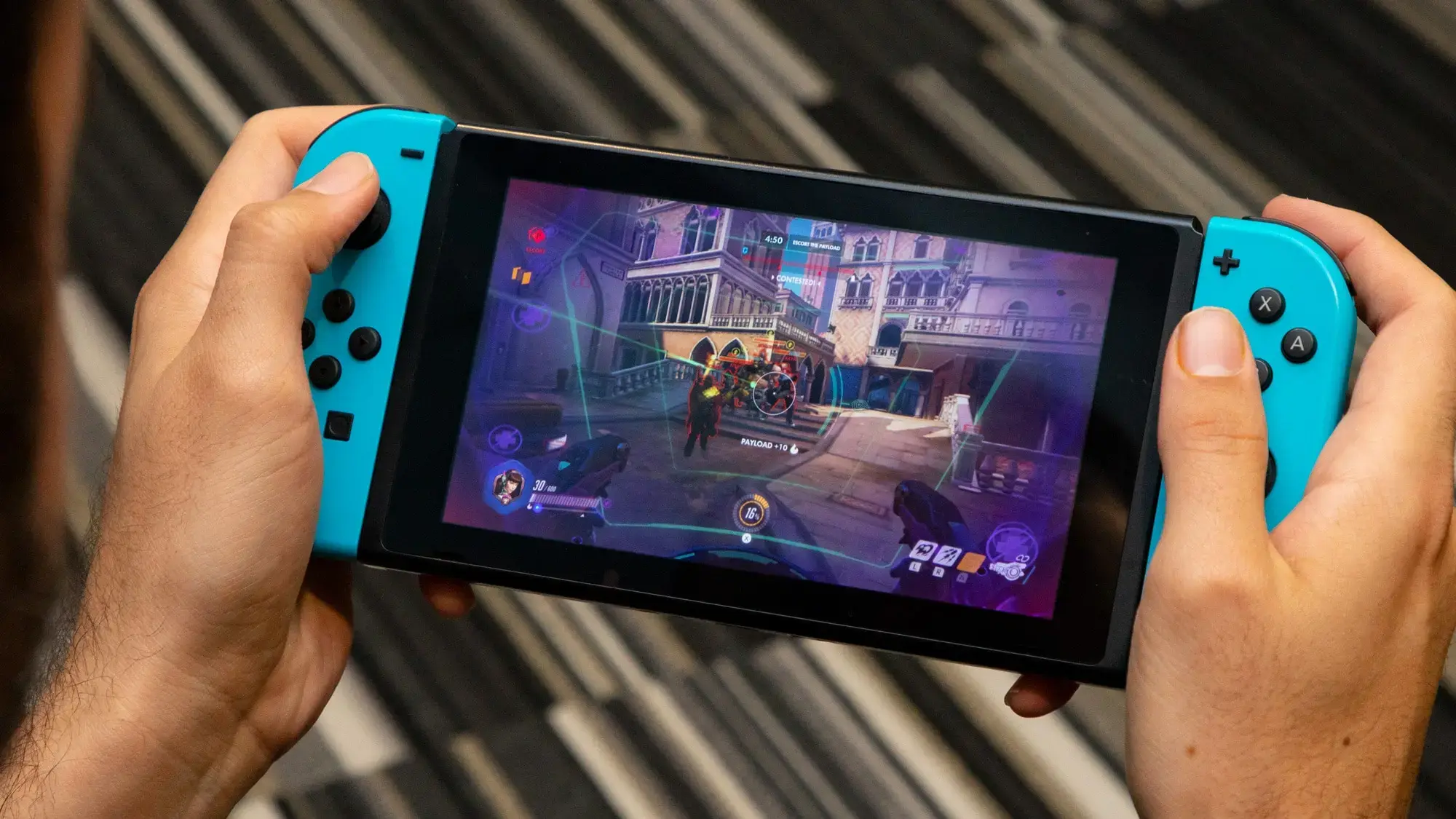Nintendo Switch Review
-
Incredibly versatile
-
Great for group play
-
Ideal for younger or casual gamers
-
Impressive exclusive games
-
Expensive replacement controllers
-
No support for bluetooth headphones
-
Lacks TV app support, such as Netflix
The Nintendo Switch is the culmination of Nintendo’s decades of console building experience. With elements of the original NES to the Gameboy, Nintendo has ploughed all this heritage into the Switch.
And it’s worked, really worked!
The Hybrid Console
From the outset, the Nintendo Switch manages to cross two important gaming worlds. It is both a living-room-centric home console, plugging into the TV and providing HD entertainment for the whole family; and a handheld, great for playing in bed or sat in the back of a car. In many ways, it’s also a tablet – and while Nintendo isn’t touting the Switch as a competitor to the iPad, if watching YouTube in the bathroom is on your list of desires, then the Switch will provide.
It’s this crossing over of worlds that give the Nintendo Switch an immediate advantage, and it does it all very seamlessly, utilising a sturdy dock to turn from handheld to home console in seconds. Plus, when you want to return to handheld gaming, lift the Switch out the dock, and take pleasure in the knowledge, it’s been charging the whole time.
Respecting Its Elders
There is no way a console like the Nintendo Switch could have been born from nothing. There’s a real sense of evolution with this device, and lessons that have been learned from years of Nintendo history shape every curve.
Most obviously, with its inbuilt screen (which is perfectly lovely to look at) and handheld controls, the Switch is leaning heavily on the DS and GameBoy series technology that came before. In fact, it would be an easy folly to dismiss it at first glance as a DS replacement.
It’s not, though. Not only has Nintendo been clear in their desire to continue the DS line as their main handheld brand, but the size and control systems of the Switch are far more in line with home consoles and tablets than its cousin.
Of course, this is because the Nintendo Switch owes as much to the Wii as it does the DS. Forget the ill-fated Wii U for a moment, and remember with fondness the original Wii, a console that redefined home gaming for millions.
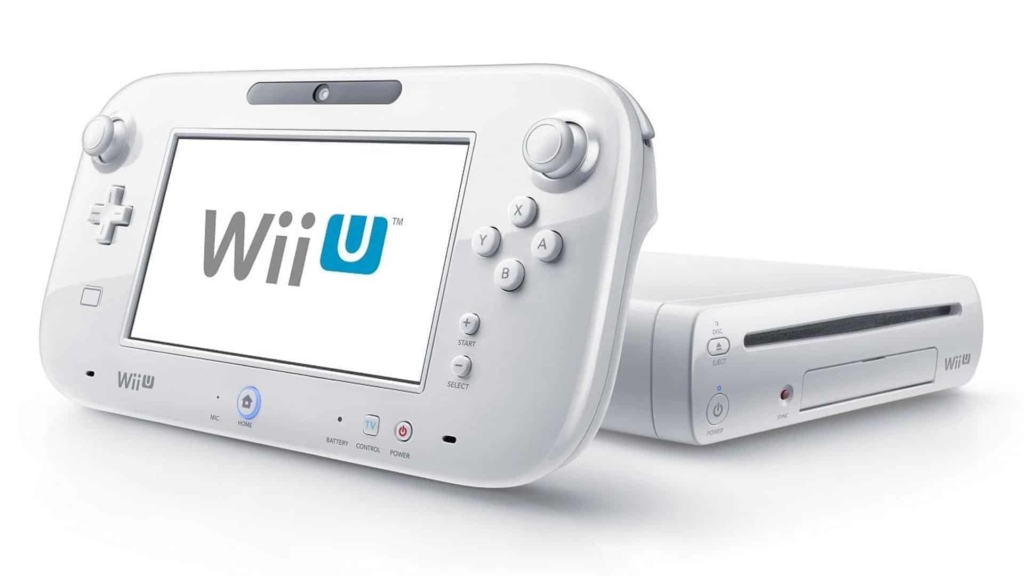
The Wii’s great innovation was in its control system. Motion controls for playing games with? Surely not!
Before the Wii, gamers were content to hold a controller in their hands, and press on buttons and joystick to translate their desires into computer-understood input. When the Wii entered the world, with its bundled suite of sports games and innovative fitness workouts, it threw away the shackles of traditional controllers and opened our eyes to something new.
Here, its grandchild is very much from the same line. The Nintendo Switch controllers (named ‘JoyCons’) detach from the console’s body to become Wii-esque motion-sensing devices. Admittedly, not so useful if you are playing in handheld mode, but with the Switch docked, you are now in possession of some high-grade gyroscopically-controlled input devices.
In real terms, this means you can play wiggle-yourself-around games just like on the Wii. Perfect for parties.
More on Controllers (and Parties)
When set up with the intention of providing group fun, the Switch really does show its Nintendo roots. The device will pair with up to eight JoyCons, allowing eight simultaneous players during some of its more crazy party games. Eight!
Of course, that’s not without a problem—primarily, cost.
Controllers have always been a little bit of an expensive addition to any console. Having to buy an additional controller for an Xbox or PlayStation has always been a painful moment for the wallet, but here it’s truly off the scale.
A pair of official JoyCons for the Switch comes in at around £60 (more if you are picky about colour) and, while some good reviews are floating around for third-party alternatives, you can never be sure that they’ll work as well (especially when it comes to motion-sensing). That means, if you do want to play eight-player games, you are shelling out an additional £180—well over half the price of a new Nintendo Switch!
It’s not just that, though. These controllers are small, light, and horribly easy to lose. Oh, and they may eventually break. The little joysticks can be fragile, and subject to a problem known as drifting. Thankfully, Nintendo offers to fix drifting JoyCons for free, but there’s all the hassle that goes with that.
If you take care of your JoyCons and treat them with respect, all should be fine, but you still have to be wary of the sofa monster. Switch controllers like to venture into the deepest depths of the sofa, never to be heard from again!
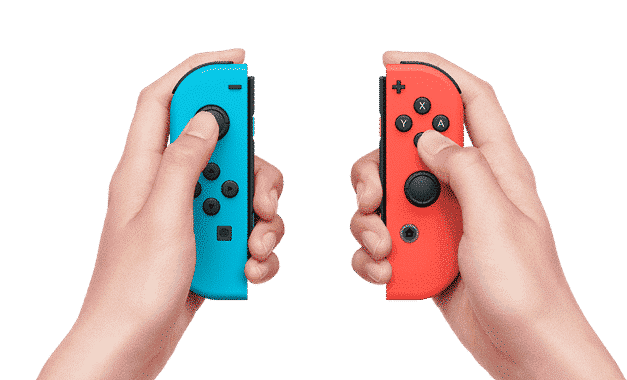
But is the Nintendo Switch Any Good?
As has been the case for Nintendo consoles throughout the ages, the Switch’s technical specs are not quite on par with the other mainstream consoles it competes with. The Switch outputs games between 30 and 60 frames per second, at 900p to 1080p; it is not able to support all the latest audio hardware (it doesn’t even have the ability to pair with Bluetooth headphones); and it won’t replace other devices as your main home entertainment, with popular services such as Netflix or Amazon Prime simply unavailable.
But let’s put that to one side and look at what the Switch is designed for: playing enjoyable games.
Nintendo has a huge number of exclusive games—famous titles that drive console sales by themselves. The massive selection of Mario games, of course, plus Pokémon, The Legend of Zelda, Animal Crossing and more. If you want to play these titles, then you need a Nintendo Switch console.
But it’s not just that these games are exclusive, they are also brilliant. Nintendo does not sit on their laurels, spitting out more of the same when it comes to their exclusive franchises, but work as hard on their games as they do their hardware, making sure they innovate and improve with each new version. So much so, that the core Nintendo Switch Zelda game—Breath of the Wild—is being heralded by some as the best game of all time.
That doesn’t happen by accident.
Being married beautifully with the console, the Nintendo games work perfectly with everything Switch offers. Are the graphics in Breath of the Wild technically as good as the AAA titles on the Xbox? No, but they are fantastic, and everything you need to enjoy the game to the full. The quality of Nintendo’s games has long been astonishing, and they have delivered when it comes to the Switch.
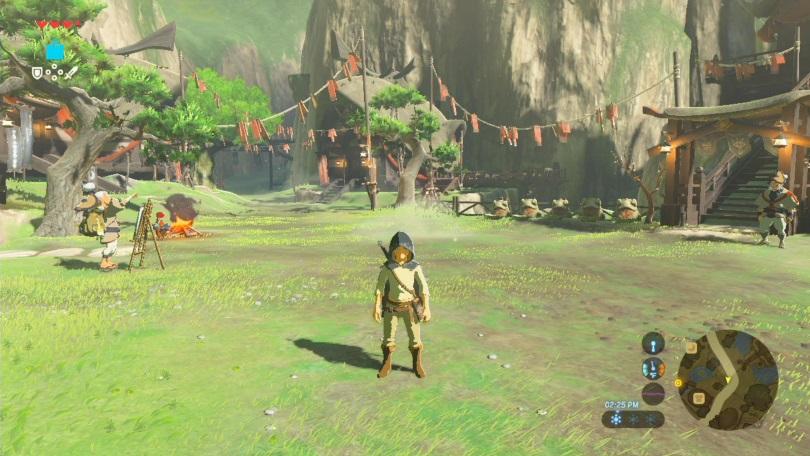
Accessing those games is also easier than ever before. With the Switch comes the Nintendo eShop, a dedicated and integrated store for games and downloadable content. This is nothing new, and similar things exist on all major platforms, but it’s good to know that it works well here. Games range in price from free (always good), to full store price (£60) for the main titles, and there’s a full library of good indie titles too, with plenty to enjoy at under £10 a game.
Like the other consoles, Nintendo also offers a subscription service for online gaming, which provides a range of additional titles. For the Switch, this includes access to a huge offering of original NES and SNES titles—ideal if you are the nostalgic type.
Once you are set up with the store, getting a game is almost too easy. Thankfully, the parental controls for the Nintendo Switch are sensible and intuitive, so there’s little chance your little ones will pile loads onto your credit card when you’re not watching.
The Nintendo Switch User Experience
Sometimes it is the small things that make all the difference. Many companies today are learning the importance of a smooth user experience, and Nintendo is no exception. The Switch is set up to make playing games its core function, and it neatly keeps everything else out the way to make it as easy as possible to do so. There’s no long set-up or difficult install—even creating a Nintendo account for shopping and other bits is pretty much effortless. However, you can’t do it on the console itself and need to use your computer or phone to fill in the forms.
Switching Users
Of all those ‘small things’ though, the one I personally like the most is the Nintendo Switch‘s attitude to user profiles. While on most systems, you log in and then select the game you want to play, the Switch treats the experience slightly differently—here, you start the game and then it asks who is playing.
It’s a small thing, that’s huge.
I have often loaded up a game on another system while logged in to the wrong profile and been unable to access my save data. Taking the PS4 as an example, once realised, I’d then have to switch profiles, pass through various menus asking me if I’m sure I want to close the game, or switch user—in some instances, I might even be asked: “who is using this controller” again. Finally, I can start the game once more and wait for it to load before continuing.
On the Switch this never happens. Not once. Fantastic, and especially important in family sharing situations where you may have a range of profiles.
It also means that the Switch can make the right parental control decisions regarding the game, another nice bonus that other consoles could learn from.
Playing Solo
Just because the Nintendo Switch is there to provide living-room entertainment for friends or family, doesn’t mean it has to be used that way. Take it out of the dock and into the depths of a dark bedroom, and playing on the Switch becomes a delightful personal experience. All of the games translate wonderfully from a large external television to the crisp 6.2” touchscreen, and in many cases become a more immersive event.
With the JoyCons clicked neatly into place, handheld gaming can feel a little bulky, especially if you are used to the size of a DS or a phone, but this feeling soon fades away as the games draw you in, and everything about it becomes natural.
Battery life isn’t outstanding, though. Any really long gaming sessions will see you reaching for a cable, but there’s enough juice there for a long car ride or cross-country train journey. Thankfully the days when a battery dying suddenly also meant the loss of progress in a game are well gone, and the system simply goes peacefully to sleep until you wake it later, all ready to continue from where you left off.
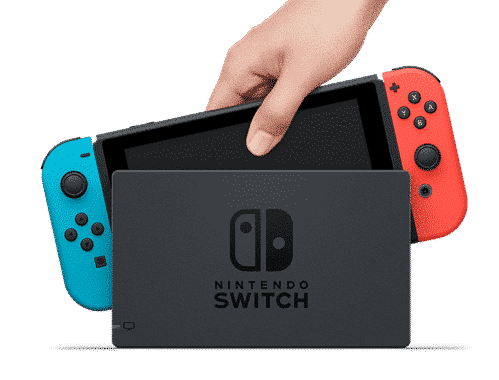
Conclusions About the Nintendo Switch
Nothing is ever perfect. The Switch really needs built-in Bluetooth headphone support, cheaper JoyCons, and a wider library of games to cater to all players, but the equipment on offer for around £300 is simply stunning.
A culmination of almost forty years of development in the console market, the Switch is a wonderful console option. It represents the only way possible to enjoy those amazing Nintendo exclusives. It really cannot be understated how enjoyable it is to pick up the console out of the dock and take it off to bed or out the house.
As an on-the-go gaming device, the Switch is unsurpassed, and if you do a lot of train travel or sitting around in remote locations, it really is a perfect companion.
As a stationery home console, it’s a quality machine that sets a new standard for group play.
Put together, the Nintendo Switch really is the generation-defining all-rounder than Nintendo hoped it would be.

